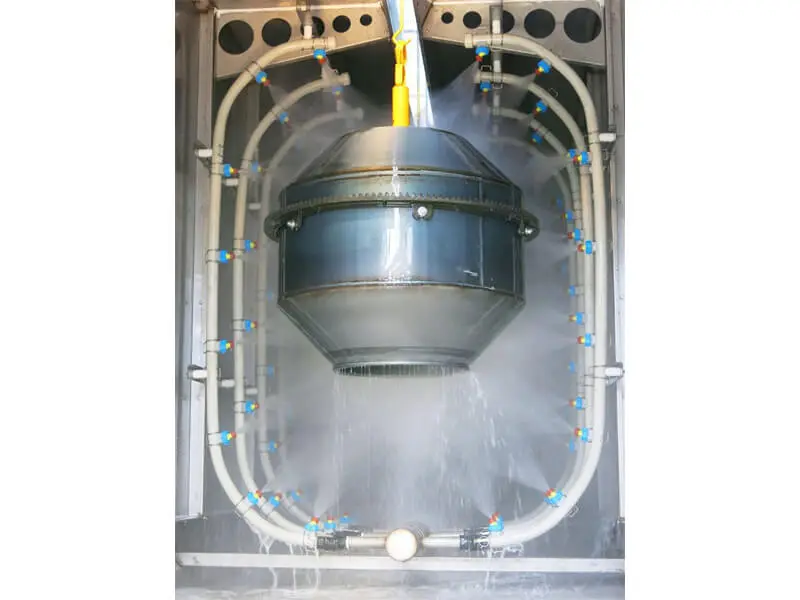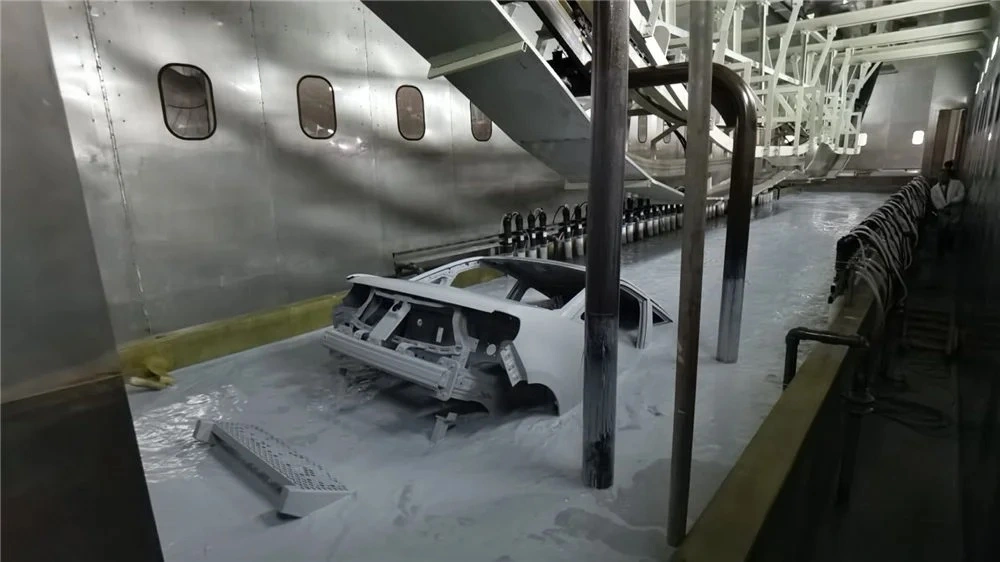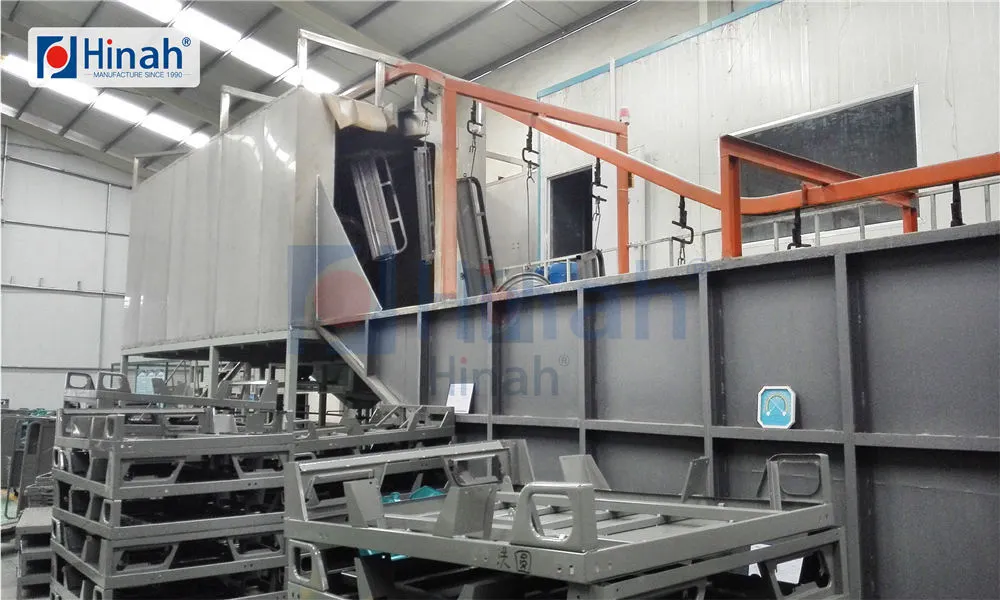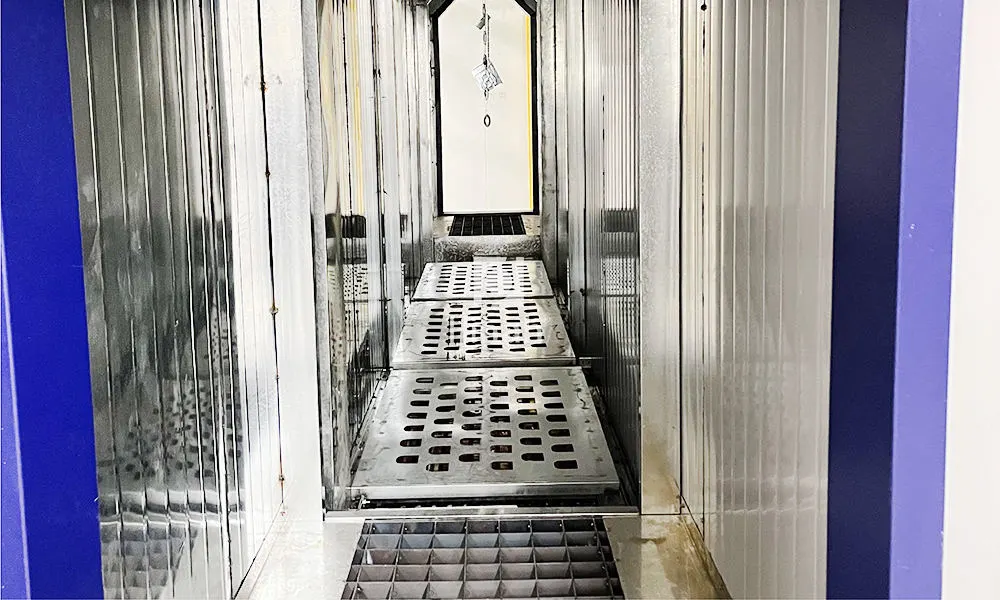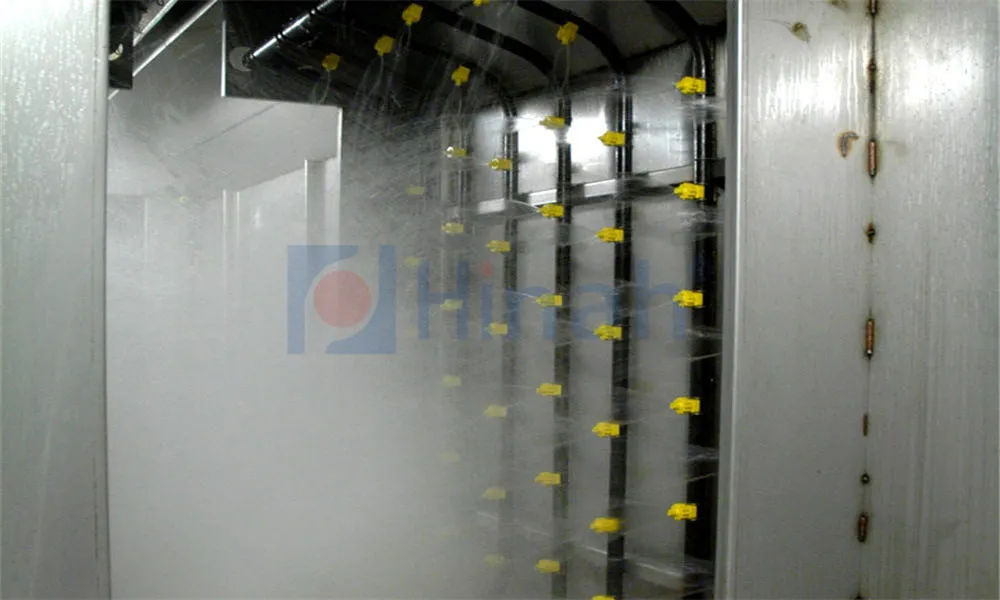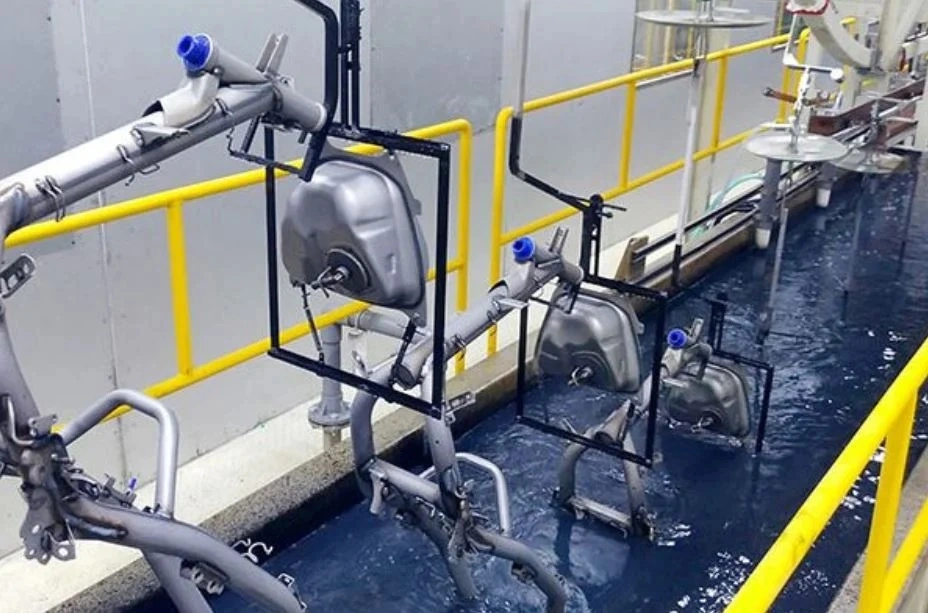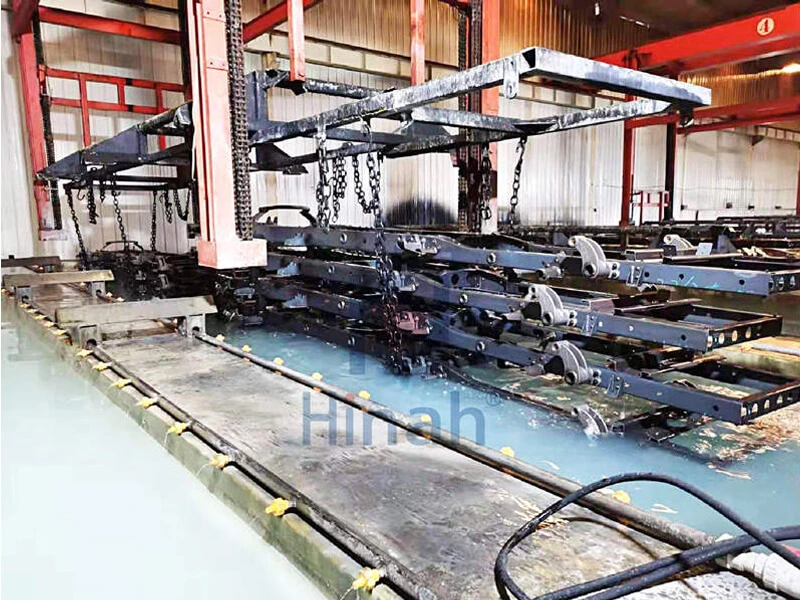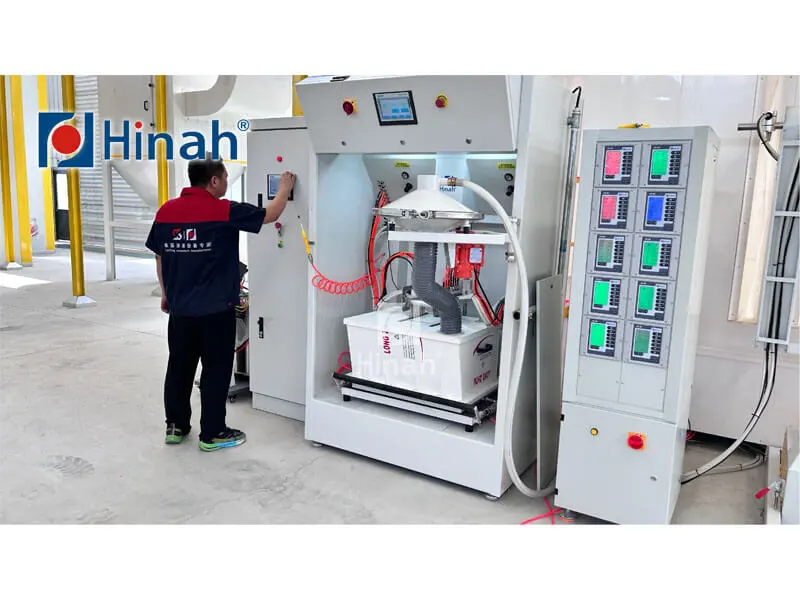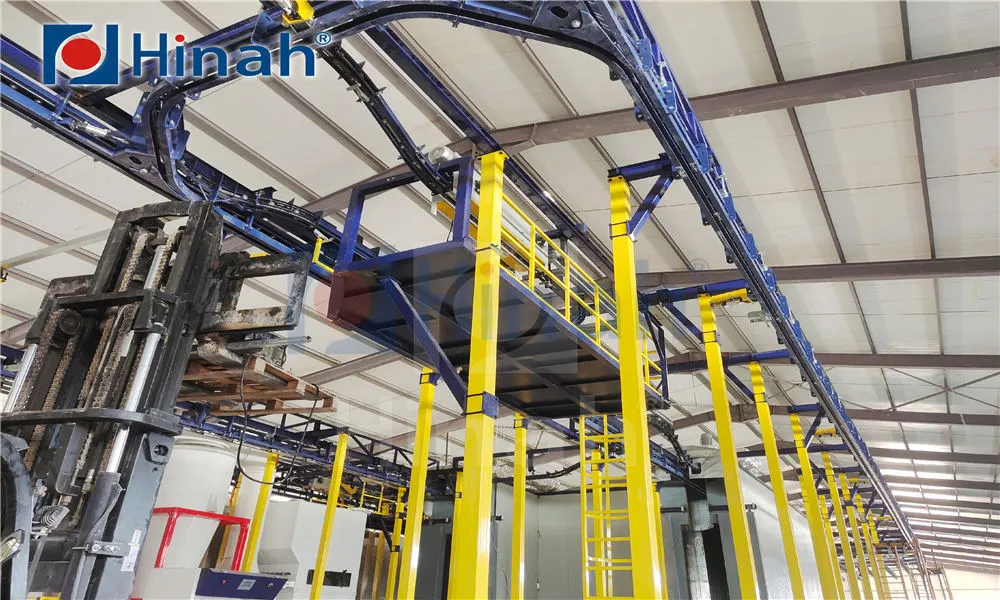In the modern industrial landscape, environmental protection equipment has become a cornerstone of sustainable manufacturing, particularly in sectors like powder coating. This process, which involves applying a dry, free-flowing powder to surfaces, is widely used for its durability, efficiency, and eco-friendliness compared to traditional liquid coatings. However, it generates significant amounts of overspray and particulate matter, posing environmental and health risks. This is where specialized environmental protection equipment for powder coating plays a critical role. By integrating systems such as dust collection systems for powder coating, powder coating filtration solutions, and powder recovery systems, manufacturers can minimize waste, comply with regulations, and enhance operational efficiency. As a leading powder recovery system manufacturer, our focus is on delivering innovative solutions that address common industry challenges while promoting a greener future. In this article, we explore the various types of environmental protection equipment, their benefits, and the typical problems faced, providing insights to help businesses optimize their powder coating processes.
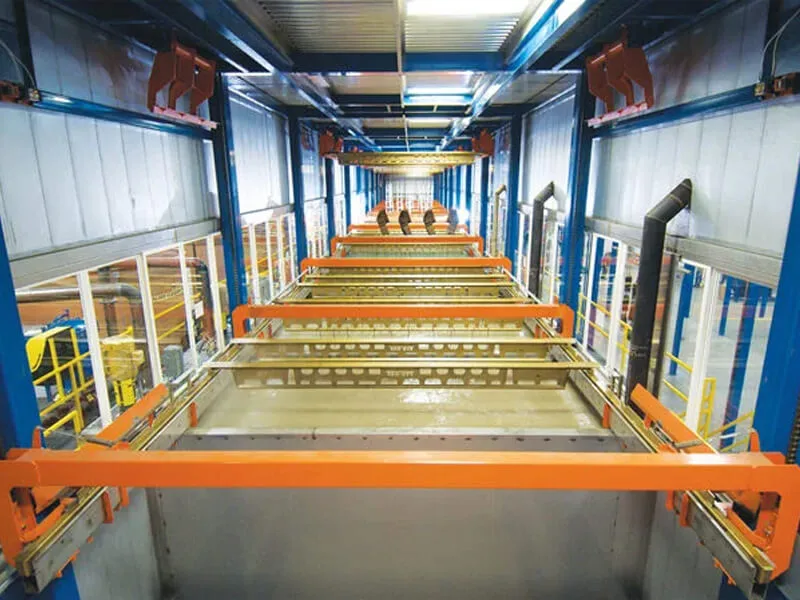
Environmental protection equipment for powder coating is not just a regulatory requirement; it is a strategic investment in sustainability and productivity. Powder coating operations involve spraying fine particles onto substrates, with up to 50% of the powder potentially becoming overspray. Without proper control, this can lead to air pollution, workplace hazards, and material waste. By implementing robust environmental protection equipment, companies can capture and reuse overspray, reduce emissions, and improve worker safety. For instance, a well-designed dust collection system for powder coating can remove up to 99% of airborne particulates, ensuring compliance with standards like OSHA and EPA guidelines. Moreover, powder coating filtration solutions help maintain air quality, while powder recovery systems enable material recycling, cutting costs and environmental impact. As industries shift toward circular economy models, the role of a reliable powder recovery system manufacturer becomes pivotal in providing tailored equipment that meets specific operational needs. Ultimately, this equipment supports long-term profitability and corporate responsibility, making it indispensable in today's competitive market.
Types of Environmental Protection Equipment for Powder Coating
When it comes to powder coating, several key pieces of environmental protection equipment work in tandem to create a safe and efficient environment. Understanding these systems is crucial for selecting the right solutions for your facility.
Dust Collection System for Powder Coating: This is the first line of defense against particulate emissions. A typical dust collection system for powder coating includes hoods, ductwork, fans, and filters designed to capture overspray at the source. These systems use mechanisms like cyclonic separation or cartridge filters to isolate powder particles from the air. For example, in a manual spraying booth, the dust collection system for powder coating might incorporate high-efficiency particulate air (HEPA) filters to ensure clean exhaust. Regular maintenance is vital to prevent clogging and maintain performance, which we'll discuss in the common problems section.
Powder Coating Filtration Solutions: These are specialized components within broader environmental protection equipment that focus on purifying air and recovering powder. Powder coating filtration solutions often involve multi-stage processes, including pre-filters for large particles and secondary filters for fine dust. Technologies like electrostatic precipitation or baghouse filters are common, offering high capture rates and low energy consumption. In advanced setups, powder coating filtration solutions integrate with recovery systems to maximize material reuse, reducing waste by up to 95%. This not only conserves resources but also lowers operational costs, making it a key aspect of sustainable powder coating.
Powder Recovery System Manufacturer Contributions: A reputable powder recovery system manufacturer designs equipment that complements dust collection and filtration by reclaiming overspray powder for reuse. These systems typically include recovery cyclones, sieves, and fluidized beds that separate usable powder from contaminants. By partnering with an experienced powder recovery system manufacturer, businesses can access customized solutions, such as automated systems that streamline the recycling process. This enhances the overall effectiveness of environmental protection equipment for powder coating, turning waste into a valuable asset.
Together, these elements form a comprehensive approach to environmental management in powder coating facilities. Investing in high-quality environmental protection equipment ensures regulatory compliance, reduces environmental footprint, and boosts efficiency.
Common Problems in Powder Coating Environmental Protection Equipment
Despite the benefits, environmental protection equipment for powder coating can face several operational challenges. Identifying and addressing these issues early is key to maintaining performance and avoiding downtime. Here are some common problems and their root causes:
Clogging and Reduced Efficiency in Dust Collection Systems: A frequent issue with dust collection systems for powder coating is filter clogging due to excessive powder buildup or moisture. This can lead to increased pressure drops, reduced airflow, and higher energy consumption. For instance, if the powder coating filtration solutions are not matched to the powder type (e.g., polyester vs. epoxy), particles may not be effectively captured. Regular inspection and cleaning are essential, but neglecting them can result in system failures and non-compliance with environmental standards.
Inadequate Powder Recovery Rates: When powder recovery systems underperform, it often stems from improper sizing or wear and tear. A powder recovery system manufacturer might design a system based on ideal conditions, but in practice, factors like powder humidity or uneven application can reduce recovery efficiency. This leads to material waste and increased costs. Common signs include low powder reuse rates or contamination in reclaimed powder, which can affect coating quality.
Maintenance Neglect and Component Wear: Environmental protection equipment requires consistent upkeep to function optimally. Problems like torn filters in powder coating filtration solutions or fan imbalances in dust collection systems can escalate into major repairs. For example, if a dust collection system for powder coating isn't serviced regularly, it might emit visible emissions, attracting fines. Additionally, parts like cyclones or sieves in recovery systems can degrade over time, necessitating replacement from a trusted powder recovery system manufacturer.
Compliance and Safety Risks: As regulations tighten, equipment that doesn't meet updated standards can pose legal and safety hazards. Issues such as insufficient capture velocity in a dust collection system for powder coating or inadequate filtration in powder coating filtration solutions might lead to workplace exposure to hazardous dust. This underscores the importance of working with a knowledgeable powder recovery system manufacturer who stays abreast of regulatory changes.
Energy Inefficiency and High Operational Costs: Older environmental protection equipment may consume excessive power, driving up expenses. For instance, an inefficient dust collection system for powder coating might run continuously at high speeds, even when not needed. Integrating smart controls and energy-efficient components in powder coating filtration solutions can mitigate this, but retrofitting can be costly if not planned properly.
Addressing these problems involves proactive maintenance, regular audits, and collaboration with experts. In the next section, we'll explore solutions to optimize your environmental protection equipment.
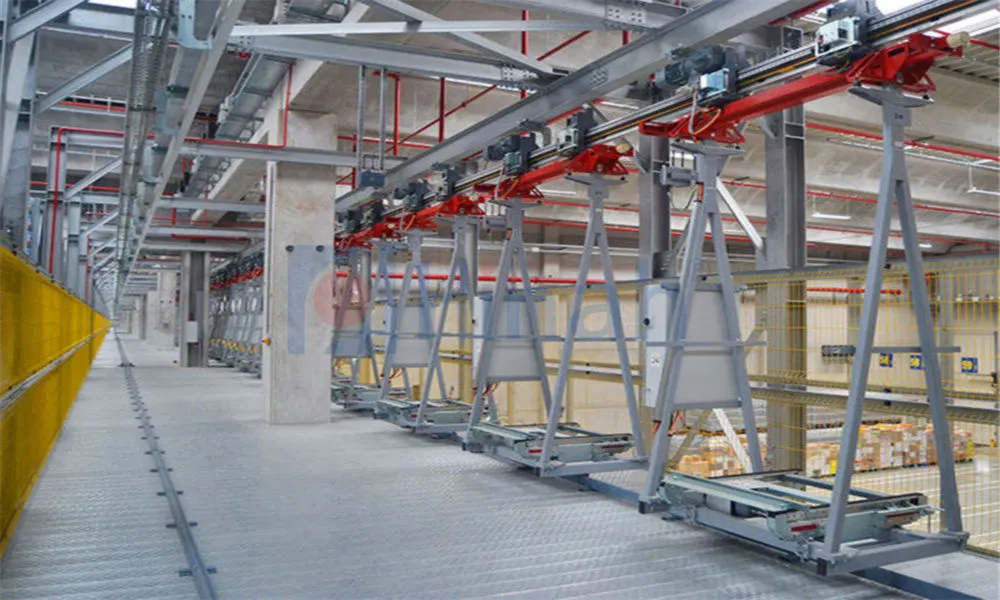
Solutions to Optimize Environmental Protection Equipment for Powder Coating
To overcome the common problems associated with environmental protection equipment for powder coating, businesses can adopt a multi-faceted approach that includes technology upgrades, maintenance protocols, and strategic partnerships. Here are practical solutions to enhance the performance of dust collection systems, powder coating filtration solutions, and recovery systems:
Regular Maintenance and Monitoring: Implementing a scheduled maintenance plan is crucial for environmental protection equipment. For a dust collection system for powder coating, this includes daily checks for filter integrity, monthly cleaning of ducts, and annual performance testing. Using pressure gauges and airflow sensors can help detect issues early. Similarly, powder coating filtration solutions benefit from routine filter replacements and leak inspections. By maintaining logs and using predictive analytics, companies can reduce downtime and extend equipment lifespan.
Upgrading to Advanced Filtration Technologies: Modern powder coating filtration solutions, such as nanofiber filters or self-cleaning mechanisms, offer higher efficiency and longer life. Upgrading from traditional bag filters to cartridge-based systems in a dust collection system for powder coating can improve capture rates and reduce energy use. Additionally, integrating HEPA filters in powder coating filtration solutions ensures compliance with strict air quality standards, minimizing environmental impact.
Collaborating with a Reputable Powder Recovery System Manufacturer: Partnering with an experienced powder recovery system manufacturer can provide access to cutting-edge designs and custom solutions. For instance, some manufacturers offer modular recovery systems that adapt to varying production volumes, enhancing flexibility. They can also provide training on optimal operation, helping staff avoid common pitfalls like overloading the system. This collaboration ensures that environmental protection equipment for powder coating remains aligned with industry best practices.
Implementing Automation and Smart Controls: Automating processes in dust collection systems for powder coating and recovery units can optimize performance. For example, variable frequency drives (VFDs) can adjust fan speeds based on real-time dust levels, saving energy. In powder coating filtration solutions, automated back-pulsing systems can clean filters without manual intervention, preventing clogging. These technologies not only solve common problems but also contribute to a more sustainable operation.
Training and Workforce Development: Educating operators on the proper use of environmental protection equipment is vital. Training should cover topics like how to handle different powder types in a dust collection system for powder coating, or how to troubleshoot a powder recovery system. This reduces human error and promotes a culture of safety and efficiency.
By adopting these solutions, businesses can maximize the benefits of their environmental protection equipment, from reduced waste to improved compliance. As we look to the future, innovations in this field will continue to evolve.
The Future of Environmental Protection Equipment in Powder Coating
The evolution of environmental protection equipment for powder coating is driven by technological advancements and growing environmental awareness. Emerging trends promise to make dust collection systems, powder coating filtration solutions, and recovery systems even more efficient and sustainable. For instance, the integration of Internet of Things (IoT) sensors in environmental protection equipment allows for real-time monitoring and predictive maintenance. A smart dust collection system for powder coating could automatically adjust settings based on air quality data, while AI-powered powder coating filtration solutions might optimize filter life. Additionally, as circular economy principles gain traction, powder recovery system manufacturers are developing closed-loop systems that achieve near-zero waste. Innovations like biodegradable powders and energy-neutral equipment are also on the horizon, reducing the carbon footprint of powder coating operations. By staying ahead of these trends, companies can future-proof their investments in environmental protection equipment, ensuring they remain competitive and environmentally responsible.
In summary, environmental protection equipment for powder coating, including dust collection systems, powder coating filtration solutions, and powder recovery systems, is essential for sustainable industrial practices. While common problems like clogging, inefficiency, and maintenance issues can arise, they are manageable with proactive strategies and collaboration with a reliable powder recovery system manufacturer. By investing in advanced technologies and regular upkeep, businesses can enhance safety, reduce costs, and contribute to a cleaner planet. As the industry progresses, the role of environmental protection equipment will only grow, making it a critical component of modern powder coating operations. Embrace these solutions to transform challenges into opportunities for growth and innovation.


